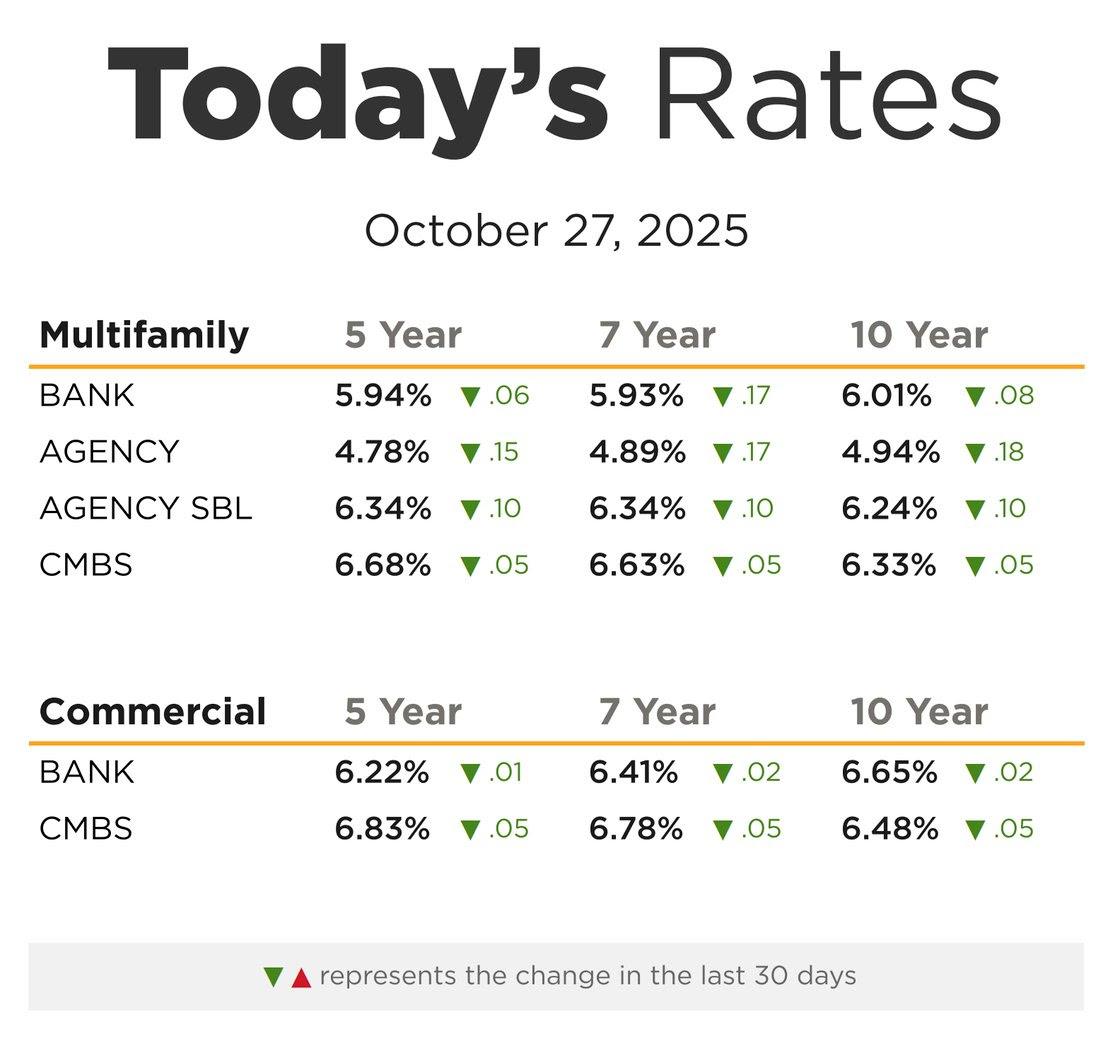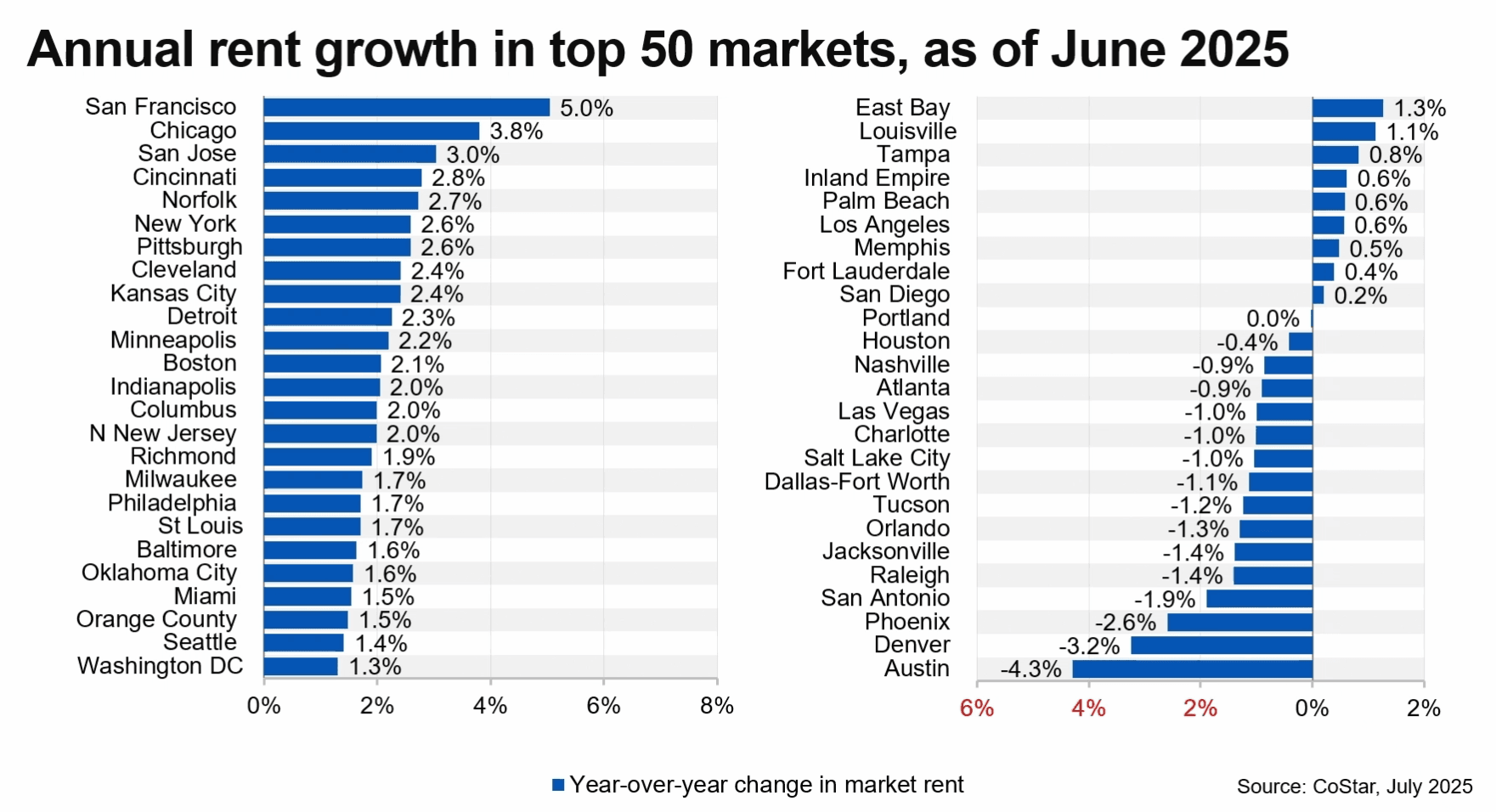|
The 2024 US rental trends reveal a compelling split in the market: while luxury rentals are witnessing price drops, the average renter is grappling with escalating costs. This divide highlights significant shifts in housing affordability and availability across the United States. |
|
|
Luxury market downturn: In high-end real estate markets like Austin and Chicago, luxury apartments and upscale homes are experiencing significant price reductions. This is due to a glut in construction, leading to an oversupply. For instance, high-end homes in Austin that once rented for $5,000 to $8,000 a month are now available at up to 20% off. The overall U.S. rent growth was just 0.3% in 2023, the slowest since 2010, indicating a broader trend of stagnation at the top end of the market. |
|
|
|
|
Middle-market rent growth: Contrastingly, the middle and lower segments of the rental market have not seen such relief. Rent for these tiers increased by about 2% nationally in December compared to the previous year. This is a slowdown from the double-digit hikes during the pandemic, but still places rents roughly 20% higher than in 2020. |
|
|
Zoom in: The disparity is evident across various U.S. regions. In cities like Kansas City, Indianapolis, Chicago, and Philadelphia, mid-market rents rose between 3% and 6% in December year-over-year, outpacing the growth in luxury segments. |
|
|
Rising burden for renters: The share of American renters spending at least 30% of their income on rent has shot up over the past two decades and accounts for half of the renter population. Renters like Tamika Doolin near Kansas City have seen 5%+ rent increases each year. In cities like Providence, rents are up 6% YoY, making it increasingly difficult for renters to find affordable housing. |
|
➥ THE TAKEAWAY |
|
|
Tale of two renters: The surplus of new housing in the U.S. market has led to rent cuts at the top end, giving luxury renters something to smile about. Meanwhile, middle- and lower-tier apartments enjoyed rent growth. The rising costs of leasing middle- and lower-tier apartments, projected to grow 2% nationally this year, impact the majority of U.S. renters. This growing disparity underscores the need for more affordable housing options. |
Receive Market Insights
Periodic analysis on rents, pricing, cap rates, and transaction activity across Chicago and key suburban markets.




